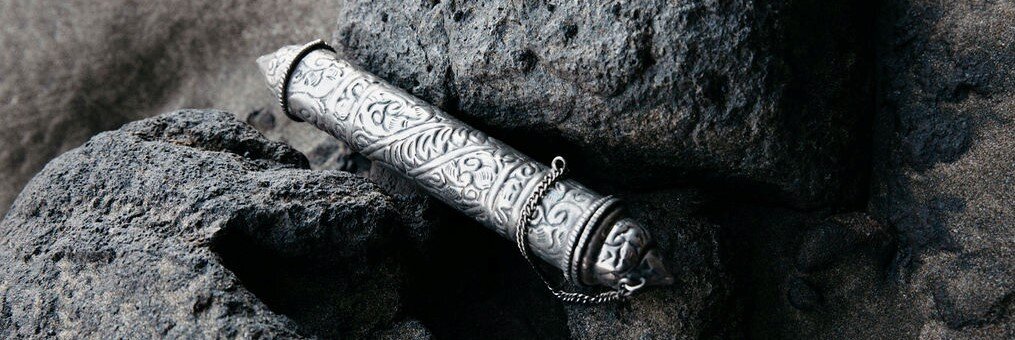
The history of the sauna
is much deeper than you might think…
We actually don’t know where the first saunas were built, but the tradition is thought to originate somewhere in northern Europe around 2,000 BC. They have remained an important part of cultural life to this day in many countries including Estonia, Latvia, Japan, Turkey and Russia, as well as the most well-known Finland - Land of Saunas.
The sauna story goes deep. It starts underground where the first saunas were built, not for relaxation, but survival.
Ancient saunas were actually just man-made caves draped closed with animal skins that had a fire burning inside beneath a pile of stones. After the fire was out the stones would warm the cave long into the night for the people who huddled inside, basking them in the warm steam that rose from the stones when water was poured on them.
These rooms were not just warmed by the fire, but also sterilised by the smoke. They became essential for sustaining life in an unforgiving landscape. These early saunas functioned as kitchens, washrooms, hospitals and more, while in the harsh winters they were literally the only place to live. The sauna was where people were born, where their bodies were laid out at the end of their lives, and where all the most important celebrations took place in between.
The saunas developed their own distinct traditions and became holy places intertwined with spiritual beliefs - sacred places where shamanic rituals were performed. They were believed to bestow magical powers on those that entered and also home to a mystical sauna spirit, the Finns calle ‘löylynhenki’, that was both respected …and feared. Sweating was considered not just physical, but the spiritual cleansing of the soul.
The more archaeologists looked, the more they found evidence of saunas across the ancient world. There are remarkable similarities between the northern European sauna traditions and the 'inipi’ - sweat lodges still used today for sacred ceremonies by native American tribes or the ‘temazcal’ - indigenous to the people of Mesoamerica.
Bath house culture in Europe originated from ancient Greece. Early Greek bath houses however were not made for spiritual purposes but solely for relaxation and socialisation. Later on when Romans took over they spread bathing culture far and wide. During the time of the Ottoman Empire Turkish bath house culture spread into Eastern Europe.
In the early Medieval period around Europe there was custom to build bathing areas next to monasteries and it was widely believed that bathing would have spiritual effects. During the late Middle Europe was a constant battle field between different religious groups and bathing started to get questionable as destroyer of people’s morals. This is one of the reasons why most parts of Europe bathing culture disappeared and several bath houses were destroyed.
Bathing and sauna culture managed to stay alive and well in northern Europe and Baltic countries simply because they were some of the last countries in Europe that were converted into Christianity.
The healing properties of the sauna are still recognised today.
It is scientifically proven that sauna reduces stress, inhaling the steam helps people with allergies, it can also ease physical pain and increase the quality of sleep and is beneficial for the cardiovascular system.
When you enter a sauna and sweat it out remember that you are continuing a very old tradition with an extraordinary story that is interwoven with ancient history and ritual. Saunas are so much more than just hot rooms!
